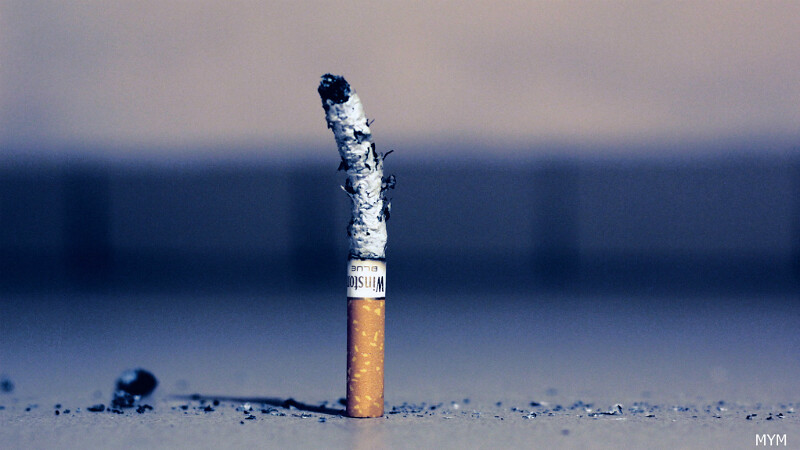The most comprehensive study to date of second-hand smoke exposure among children in England, which was funded by the Department of Health, is published today in the journal Addiction.
The study, carried out by Dr Anna Gilmore and her team from the University of Bath’s School for Health, reveals that exposure to second-hand smoke among children aged four to 15 has declined steadily since 1996.
The researchers wanted to find out if there were ways to predict the levels of second-hand smoke that children in England are exposed to and whether those levels were changing over time.
They analysed eight surveys conducted between 1996 and 2006 including saliva samples taken from over 19,000 children aged between four and 15. The saliva samples were analyzed for a substance called cotinine, an indicator of tobacco smoke exposure.
The results showed that the average cotinine levels among non-smoking children declined by 59 per cent from 1996 to 2006, indicating that children’s exposure to second-hand smoke has decreased markedly since the mid-nineties.
The study highlighted that the largest decline was between 2005 and 2006, a time of increased public debate and public information campaigns about second-hand smoke in the lead-up to the 2007 implementation of smoke-free legislation for public spaces.
The research also reveals that second-hand smoke exposure in non-smoking children is highest when one or both parents smoke, when the children are looked after by carers that smoke, and when smoking is allowed in the home.
Dr Michelle Sims, first author of the paper, explained: "The importance of carer and parental smoking and household exposure tells us that reducing exposure in the home is the key to reducing the health risks associated with second-hand smoke exposure in children."
Dr Anna Gilmore, who led the project, said: "This study shows that the factors which most strongly influence children’s exposure are modifiable. Parents and carers can reduce their children’s exposure to smoke by giving up smoking, or failing this, only smoking outside the house.
"Stopping others from smoking in their house is also important. The fact that children’s exposure has already fallen so markedly shows that making these changes is feasible."

